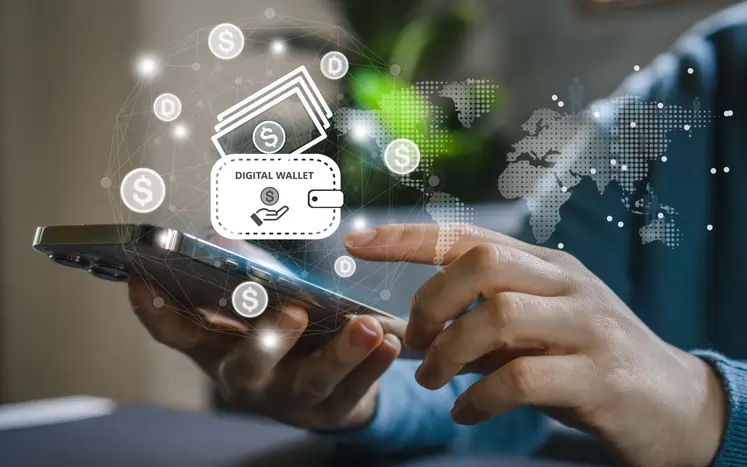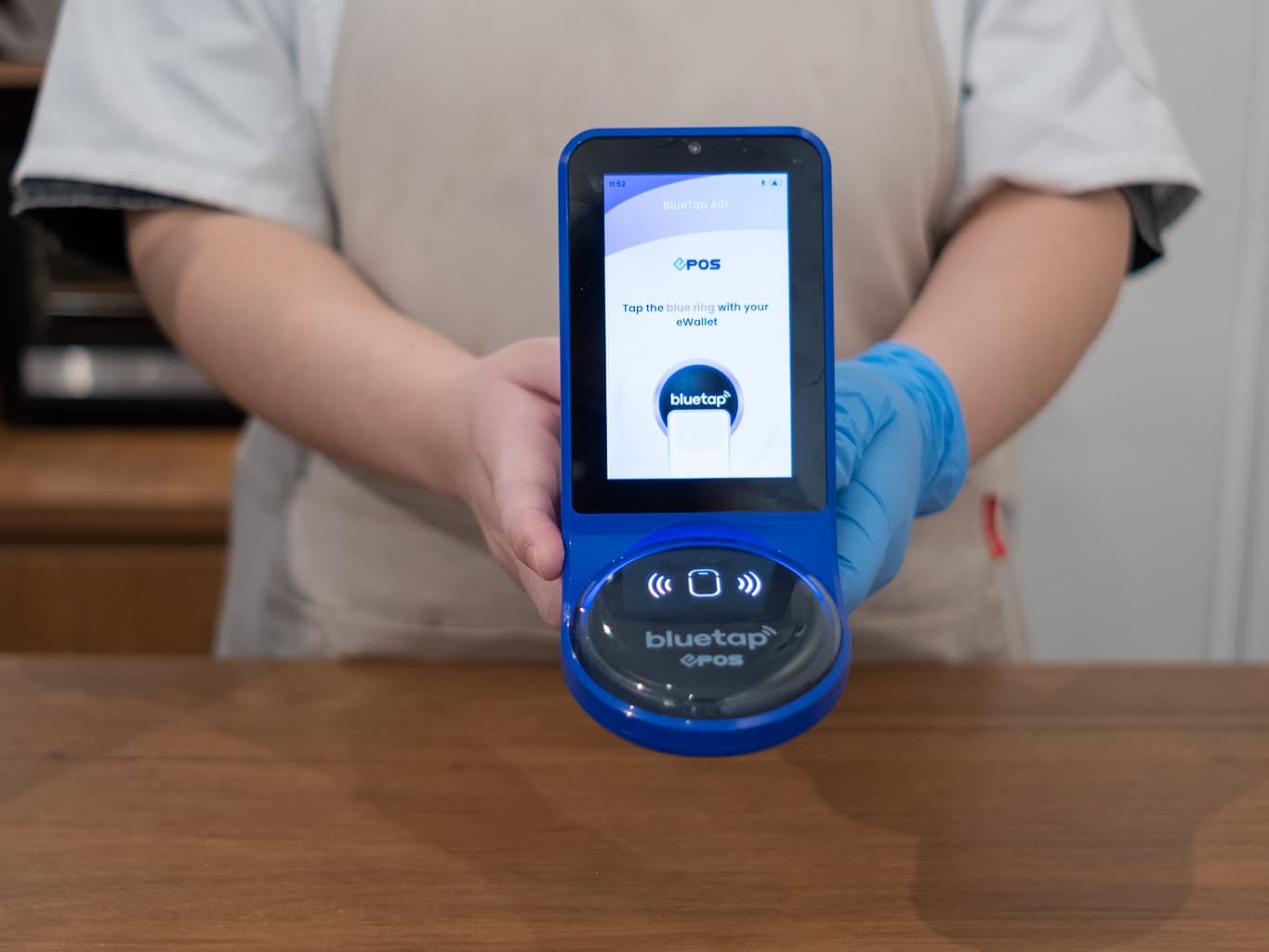
The Impact of Mobile Payments on Financial Inclusion
Introduction
In recent years, the world has witnessed a dramatic shift in the way financial transactions are conducted, thanks to the proliferation of mobile payment technologies. From developed nations to the most remote corners of the globe, mobile payments have emerged as a powerful tool for fostering financial inclusion. In this comprehensive analysis, we delve into the profound impact of mobile payments on financial inclusion, examining its benefits, challenges, and the future outlook.
Understanding Financial Inclusion
Financial inclusion refers to the accessibility and availability of financial services to individuals and businesses, especially those in underserved or marginalized communities. It encompasses various services, including banking, savings, credit, and insurance, essential for economic participation and empowerment.
The Emergence of Mobile Payments
The advent of mobile technology has revolutionized the way people interact with financial services. Mobile payments, facilitated through smartphones and other handheld devices, have become increasingly prevalent due to their convenience, accessibility, and affordability. Unlike traditional banking methods, mobile payments do not require physical infrastructure, making them ideal for reaching remote or unbanked populations.
Benefits of Mobile Payments for Financial Inclusion
- Accessibility: Mobile payments bridge the gap between financial institutions and underserved communities, allowing individuals without access to traditional banking services to participate in the formal economy.
- Affordability: Mobile payments often incur lower transaction costs compared to traditional banking methods, making financial services more affordable for low-income individuals.
- Convenience: With mobile payments, users can conduct transactions anytime, anywhere, eliminating the need to visit physical bank branches or ATMs.
- Security: Advanced encryption and authentication technologies safeguard mobile transactions, enhancing security and reducing the risk of fraud compared to cash-based transactions.
- Financial Literacy: Mobile payment platforms often incorporate financial education tools, empowering users with essential knowledge about managing their finances and making informed decisions.
Challenges and Barriers
Despite their transformative potential, mobile payments face several challenges and barriers to widespread adoption, particularly in developing countries:
- Infrastructure: Limited access to reliable internet connectivity and electricity in rural areas hinders the adoption of mobile payment technologies.
- Digital Literacy: Many potential users, especially in older or less technologically savvy demographics, may lack the necessary skills to navigate mobile payment platforms effectively.
- Regulatory Hurdles: Complex and restrictive regulatory frameworks in some regions may impede the growth of mobile payment ecosystems, stifling innovation and investment.
- Trust and Security Concerns: Perceptions of security risks and data privacy issues may deter individuals from embracing mobile payment solutions, particularly in the wake of high-profile data breaches and cyberattacks.
The Role of Governments and Regulatory Bodies
Governments and regulatory bodies play a crucial role in fostering an enabling environment for mobile payments and promoting financial inclusion:
- Policy Reforms: Policymakers can enact reforms to streamline regulations, reduce barriers to entry, and promote competition in the mobile payment market.
- Infrastructure Investment: Investing in digital infrastructure, such as broadband networks and mobile telecommunications, is essential for expanding access to mobile payments in underserved areas.
- Financial Literacy Initiatives: Governments can support financial literacy initiatives to educate citizens about the benefits and responsible use of mobile payment technologies.
- Collaboration with Industry Stakeholders: Collaboration between governments, financial institutions, telecommunications companies, and technology providers is vital for driving innovation and addressing the challenges facing mobile payments.
Future Outlook
The future of mobile payments and financial inclusion holds tremendous promise, fueled by technological advancements and evolving consumer preferences:
- Continued Innovation: Technological innovations, such as biometric authentication, blockchain, and artificial intelligence, will further enhance the security, efficiency, and accessibility of mobile payment solutions.
- Expansion of Digital Ecosystems: The integration of mobile payments with other digital services, such as e-commerce, ride-hailing, and digital lending, will create seamless and interconnected ecosystems that cater to diverse consumer needs.
- Inclusive Growth: Mobile payments have the potential to unlock economic opportunities for billions of unbanked individuals and small businesses, driving inclusive growth and reducing inequality.
- Global Collaboration: Collaboration between governments, international organizations, and private sector stakeholders will be essential for overcoming regulatory challenges, harmonizing standards, and promoting interoperability in the global mobile payment landscape.
Role of Mobile Payments in Economic Empowerment
Mobile payments not only facilitate financial transactions but also contribute to broader economic empowerment by:
- Facilitating Access to Credit: Mobile payment data can be leveraged to assess creditworthiness and extend loans to individuals and small businesses that lack traditional credit histories, enabling them to invest in education, healthcare, and income-generating activities.
- Enabling Micropayments and Microtransactions: Mobile payments enable individuals to make small, frequent transactions, such as purchasing groceries or paying utility bills, without the need for physical cash or large sums of money.
- Empowering Women and Marginalized Communities: Mobile payments provide women and marginalized communities with greater control over their finances, enabling them to save, invest, and access financial services independently, thereby promoting gender equality and social inclusion.
- Supporting Informal Sector Workers: Mobile payments offer a convenient and secure means of receiving wages, remittances, and other forms of income for workers in the informal sector, such as agricultural laborers, domestic workers, and street vendors.
- Stimulating Entrepreneurship: Mobile payments facilitate peer-to-peer transactions and enable individuals to start and operate small businesses, such as selling goods online or providing freelance services, without the need for expensive infrastructure or formal banking relationships.
The Role of Mobile Wallets and Digital Financial Services
Mobile wallets and digital financial services play a central role in driving the adoption and usage of mobile payments, offering a wide range of features and functionalities, including:
- Peer-to-Peer Transfers: Mobile wallets enable users to send and receive money instantly to and from friends, family, and business associates, facilitating domestic and international remittances.
- Bill Payments and Utilities: Mobile payment platforms allow users to pay bills, purchase airtime, and top-up prepaid services, such as electricity, water, and mobile phone credits, directly from their mobile devices.
- Online and In-Store Purchases: Mobile wallets can be used to make online purchases from e-commerce websites and apps, as well as in-store purchases at retail outlets, restaurants, and other merchants that accept mobile payments.
- Savings and Investments: Some mobile payment providers offer savings accounts, investment options, and insurance products, empowering users to build financial resilience and plan for the future.
- Merchant Services: Mobile payment platforms provide merchants with tools for accepting digital payments, managing inventory, tracking sales, and analyzing customer data, enabling them to grow their businesses and improve customer engagement.
Mobile Payments and Financial Education
Financial education plays a critical role in maximizing the benefits of mobile payments and promoting responsible financial behavior among users. Mobile payment providers can integrate financial education into their platforms through:
- Interactive Tutorials and Guides: Mobile payment apps can offer interactive tutorials, guides, and how-to videos to help users understand how to use the platform, navigate features, and perform transactions securely.
- Budgeting and Money Management Tools: Mobile payment platforms can incorporate budgeting tools, expense trackers, and savings calculators to help users manage their finances, set financial goals, and track their progress over time.
- Alerts and Notifications: Mobile payment apps can send alerts and notifications to users about important account activities, such as incoming payments, low balances, or unusual transactions, to help them stay informed and vigilant against fraud.
- Financial Literacy Resources: Mobile payment providers can partner with financial institutions, government agencies, and nonprofit organizations to provide access to financial literacy resources, such as articles, podcasts, and webinars, on topics such as budgeting, saving, investing, and credit management.
- Gamification and Rewards: Mobile payment platforms can gamify financial education by offering rewards, incentives, and challenges to encourage users to engage with educational content, complete financial tasks, and develop positive financial habits.
Mobile Payments and Social Impact
Mobile payments have the potential to generate significant social impact by:
- Reducing Poverty and Inequality: Mobile payments enable individuals and communities to access financial services, build assets, and improve their economic prospects, thereby reducing poverty and inequality and promoting inclusive growth.
- Enhancing Health and Education Outcomes: Mobile payments facilitate access to essential services, such as healthcare and education, by enabling individuals to pay for medical expenses, school fees, textbooks, and educational materials digitally, thereby improving health and education outcomes for themselves and their families.
- Empowering Vulnerable Populations: Mobile payments empower vulnerable populations, such as refugees, internally displaced persons, and survivors of natural disasters or humanitarian crises, by providing them with a safe, secure, and dignified means of receiving humanitarian aid, remittances, and social assistance.
- Promoting Environmental Sustainability: Mobile payments can contribute to environmental sustainability by reducing the use of cash, paper, and plastic, as well as the carbon footprint associated with transporting and processing physical currency, thereby mitigating climate change and environmental degradation.
- Fostering Social Inclusion and Cohesion: Mobile payments foster social inclusion and cohesion by enabling individuals to participate more fully in economic, social, and political life, connect with their communities, and contribute to collective endeavors, such as community savings groups, mutual aid networks, and crowdfunding campaigns.
Conclusion
Mobile payments have emerged as a transformative force for driving financial inclusion, economic empowerment, and social impact worldwide. By leveraging the power of mobile technology, governments, financial institutions, technology providers, and civil society organizations can work together to overcome barriers, unlock opportunities, and realize the full potential of mobile payments to create a more inclusive, equitable, and sustainable future for all. As we continue to innovate, collaborate, and learn, the journey towards financial inclusion through mobile payments promises to be dynamic, resilient, and rewarding for individuals, communities, and societies around the world.


